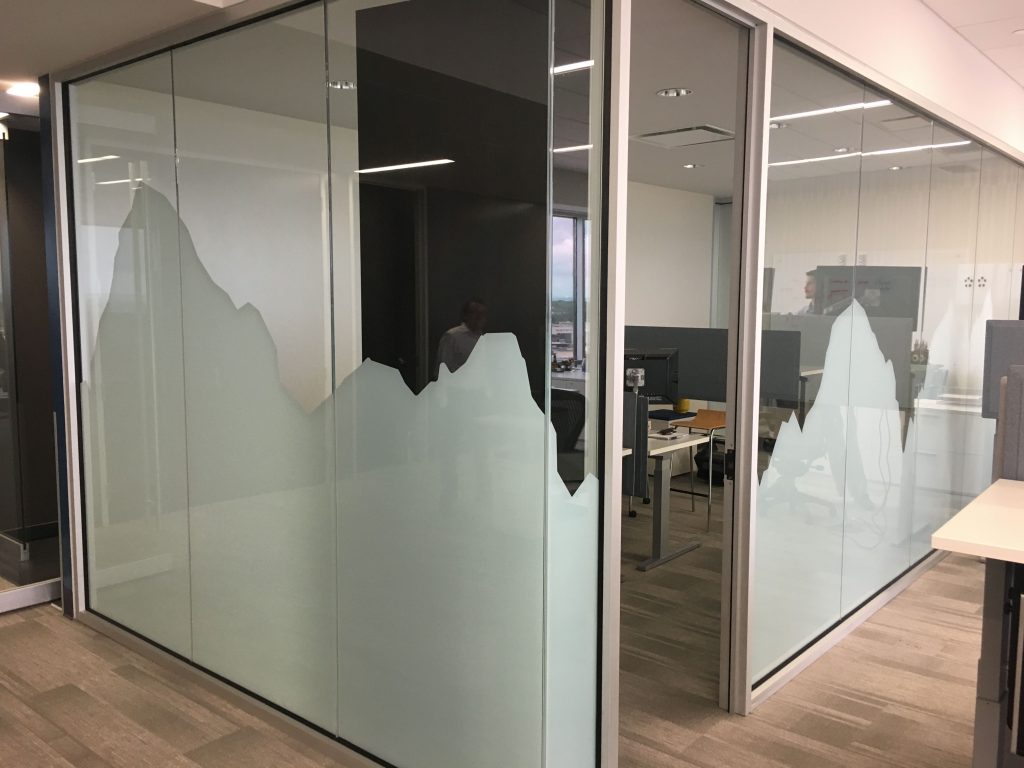Energy Savings for 3m Solar Films Singapore Calculate Payback Time

One of the most effective ways for property managers and energy engineers to improve the energy efficiency of building enclosures is to use window tinting. Window tint films make glass more energy efficient at a lower cost than new windows or other glass improvements.
Of course, there are a wide variety of energy efficiency improvements to choose from, from solar photovoltaic systems to building insulation. One of the best ways to assess a particular energy-saving technology is to determine the payback period.
The Estimated Payback Time Calculator is a great decision tool when evaluating competitor energy-efficient technologies. Fairly simple: specify how quickly the money spent will be returned.
How to calculate the payback period
There are many ways to calculate the payback period for your energy improvement, from the simple to the more complex one. The main difference between 3m solar films and the two is the assumptions used in the calculations. Adding assumptions and variables complicates the computation. But sometimes it’s necessary to get an accurate estimate. Two of the most useful ways to determine the payback period …
1. Simple payback period
2. Cash flow analysis
Both methods provide a reasonable estimate of payback times without being too complicated.
Simple Payback Analysis
The main advantage of a simple payback analysis is that it is simple. But provide useful information To calculate the payback period, simply divide the cost of improvements by the estimated savings to give you the payback period. For example, if you spend $ 500 to install an energy conservation measure that saves $ 150 / year, the payback period is just 3 years $ 500 / $ 150 = $ 3.33, the energy savings after this period is pure profit.
Of course, this ignores many variables that might influence the actual savings that are made. It doesn’t take into account variables such as maintenance costs, rising energy costs, and inflation. But this method has the advantages of being quick, easy, and easy to understand.
Cash flow analysis
Cash flow analysis is the next step in complexity. Given other variables such as maintenance, increased energy costs, and inflation, a cash flow analysis provides a better picture of the payback period, especially when these costs are high. This type of analysis is best done with a spreadsheet program to make calculations easier.
In determining the payback period using a cash flow analysis, the initial cost of adjustments are added to the estimated maintenance costs, as well as the costs that increase over the expected life of the adjustments. Until the estimates of energy costs have increased. At the same time.
For example, when examining the costs associated with replacing an HVAC system with a newer, more energy-efficient system, using a simple payback period will not be enough because the HVAC system requires the constant maintenance necessary to prolong its life. System warranty As maintenance is so important and can incur costs over time, this must be taken into account when calculating payback periods to get an accurate picture of the potential savings. Or absent
Now let’s look at an example of a tint film, which is an energy efficiency improvement with virtually no maintenance costs. Let’s say the installation of a tint film requires an investment of $385,000, providing $168,000 annually in savings with a simple payback period of 2.29 years and virtually no maintenance costs. The payback period is evident. Energy costs will increase over the life of the tint film. Rather, it will shorten the payback period as the realized savings will be greater than the preliminary estimate.
In terms of maintenance, tint film is not required. But it will need to be replaced for the lifetime due to the damage of the tint film and for upgrades that involve tenant improvements. The cost of this replacement should not exceed 0.5% – 1% of the total number of windows in the building. Here too, the impact of this on perceived savings is negligible.
--------------------------------
Guestposted.com Notice!
Audience discretion is needed, Read TOS.
Submit Guest Post / Read Latest / Category List
App & Rate-Us / Subscribe Daily Newsletter (FREE)




